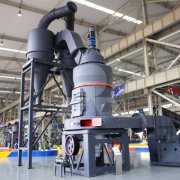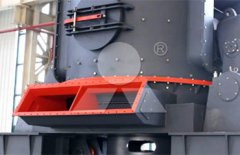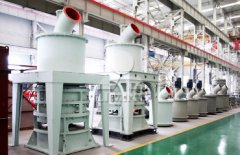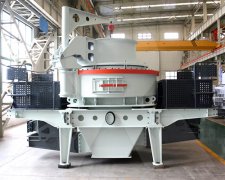How a Coal Mill Works: Understanding the Key Components and Processes
A coal mill, also known as a pulverizer, is a machine that enables the grinding and drying of coal. It functions by feeding coal into the mill where it is crushed into fine powder by rotating rollers, and then dried using hot air. The powdered coal is then collected for further combustion or other industrial processes. Understanding the key components and processes of a coal mill can provide insights into its operation.
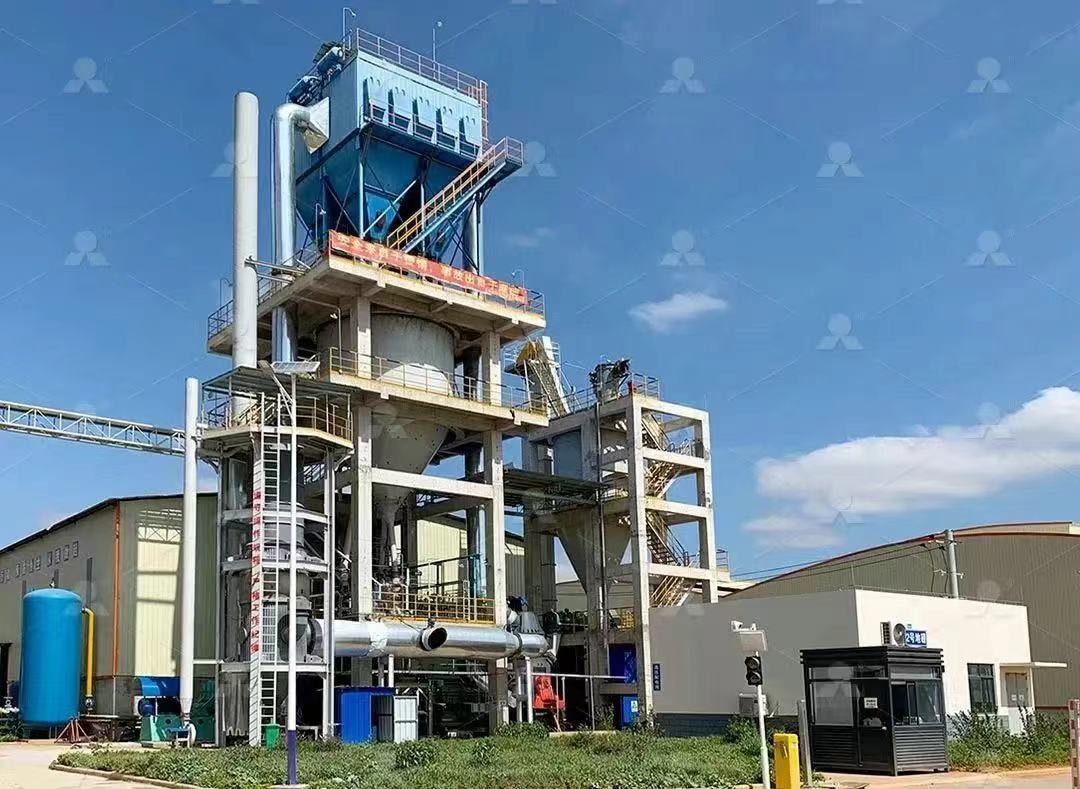
Key Components of a Coal Mill:
Grinding Rollers: These are the primary components responsible for crushing and grinding the coal. They rotate around a central axis and exert pressure on the coal as it passes between them and the grinding table. The grinding rollers crush the coal into smaller particles.
Grinding Table: This is a flat surface where the coal is crushed and ground by the grinding rollers. It provides a stable platform for the coal to be ground against the rollers.
Classifier: The classifier is responsible for controlling the particle size of the coal leaving the mill. It separates the fine coal particles from the coarse ones and directs them to different outlets. This ensures that the coal particles are of the desired size for efficient combustion.
Pulverized Coal Outlet: This is where the finely ground coal is collected and transported for further combustion or other processes. It is typically connected to a boiler or a coal transport system.
Key Processes in a Coal Mill:
Coal Drying: Before entering the mill, the coal is typically dried using hot air. This is done to reduce the moisture content of the coal, which helps improve the grinding efficiency and prevent unnecessary energy loss during combustion.
Coal Grinding: The coal is crushed and ground by the rotating grinding rollers and the grinding table. The grinding action generates heat, which dries and grinds the coal into fine powder. The grinding process provides a larger surface area for the coal, enhancing its combustion efficiency.
- Harnessing Coal Dust: A Viable Alternative to Natural Gas
- Unleashing the Power of Bituminous Coal: A Versatile Energy Resource
- Enhancing Coal Mill Efficiency: The Power of Centrifugal Crushers
- Changing Coal Grinding: The Power of Vertical Coal Mills
- Optimizing Coal Mill Operations: A Guide to Efficient Operation and Maintenance
- The maintenance process of coal mill

